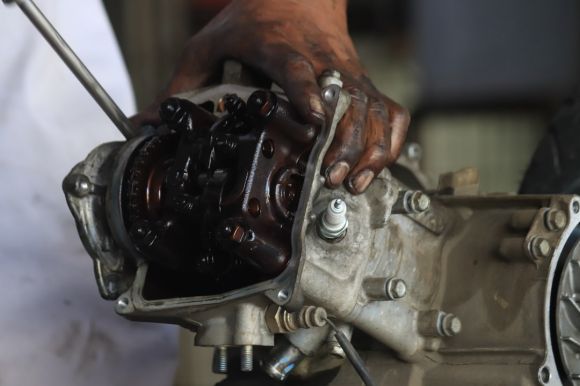Motorcycle headlights are crucial for safe riding during nighttime and in low visibility conditions. However, like any other electrical component, they can sometimes encounter problems. In this article, we will explore some common motorcycle headlight issues and provide troubleshooting tips to help you get back on the road safely.
Dim Headlight
If your motorcycle headlight is dim, the first thing to check is the bulb. Over time, bulbs can become worn out and lose brightness. Replace the bulb if it appears dull or blackened. Additionally, check the wiring connections for any loose or corroded contacts. Poor connections can result in reduced power supply to the headlight, causing it to appear dim. Clean or tighten any loose connections to restore full brightness.
Flickering Headlight
A flickering headlight can be caused by several factors. Begin by inspecting the bulb for any loose connections. If the bulb is securely in place, check the voltage regulator. A faulty voltage regulator can cause inconsistent power supply to the headlight, resulting in flickering. Test the voltage regulator using a multimeter and replace it if necessary.
Another potential cause of a flickering headlight is a weak battery. If the battery is old or not holding a charge, it may not provide a steady power supply to the headlight. Consider replacing the battery if it is more than a few years old or not functioning properly.
Headlight Not Working
If your motorcycle headlight is not working at all, start by checking the fuse. A blown fuse is a common cause of a non-functioning headlight. Locate the fuse box and inspect the headlight fuse. If the fuse appears burnt or broken, replace it with a new one of the same rating.
If the fuse is not the issue, check the wiring connections. Loose or damaged wiring can prevent power from reaching the headlight. Inspect the wiring harness for any signs of damage, such as frayed wires or melted insulation. Repair or replace any damaged wiring to restore power to the headlight.
In some cases, the issue may lie with the headlight switch itself. Test the switch using a multimeter to ensure it is functioning properly. If the switch is faulty, replace it to regain control over the headlight.
Water Damage
Motorcycle headlights are exposed to the elements, making them susceptible to water damage. If your headlight is not functioning after being exposed to water, moisture may have infiltrated the electrical components. Start by removing the headlight bulb and drying out any moisture with compressed air or a hairdryer on a low setting. Inspect the bulb for any signs of water damage, such as fogging or corrosion. If the bulb is damaged, replace it.
Next, inspect the wiring connections for any signs of corrosion or rust. Clean any corroded contacts with a wire brush or electrical contact cleaner. Finally, consider applying a waterproof sealant to protect the headlight from future water damage.
Conclusion
Motorcycle headlight problems can range from dimness to complete failure. By following these troubleshooting tips, you can diagnose and resolve common headlight issues. Remember to always prioritize safety and consult a professional if you are unsure about any electrical repairs. With a properly functioning headlight, you can enjoy riding your motorcycle with confidence, day or night.
